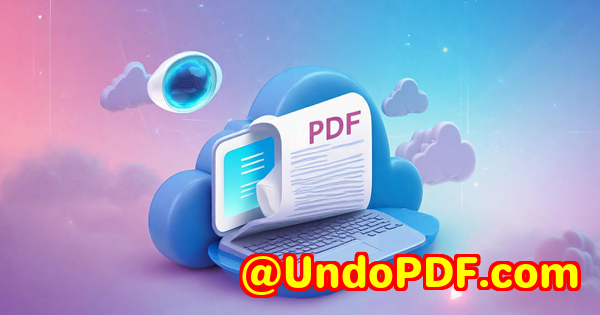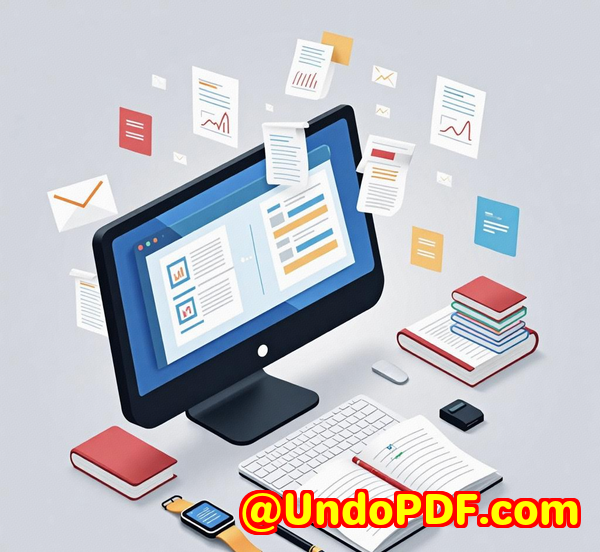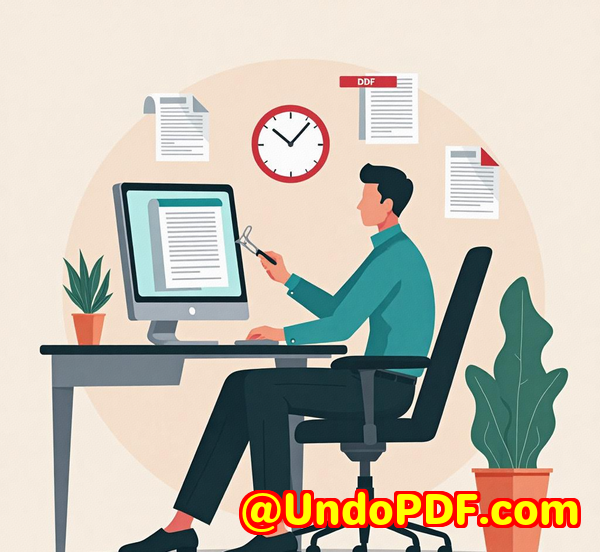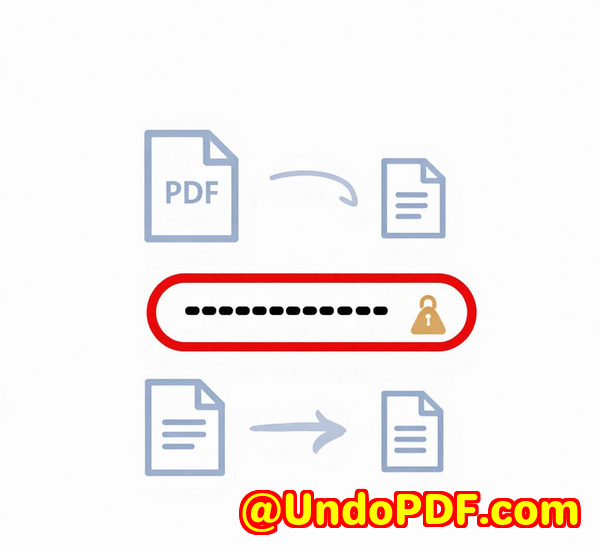How to Convert PDFs to PostScript for Better Compatibility with Laser Printers
How to Convert PDFs to PostScript for Better Compatibility with Laser Printers
Meta Description
Learn how to convert PDFs to PostScript for enhanced compatibility with laser printers using VeryDOC’s PDF to Vector Converter Command Line SDK.
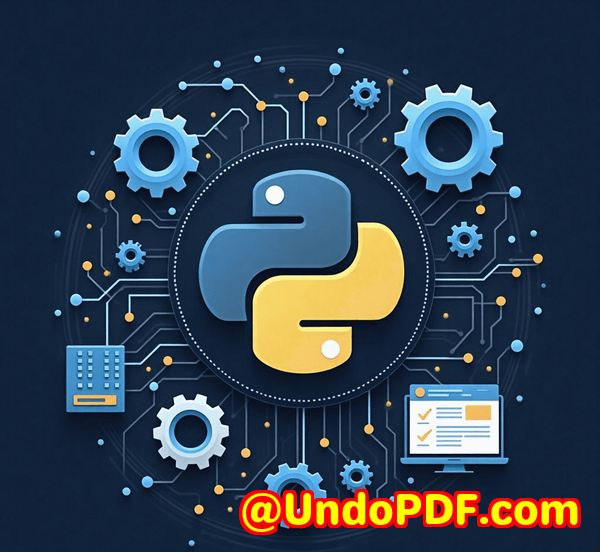
Opening Paragraph (Engagement)
Have you ever had issues with PDF files not printing correctly on laser printers? The frustration of a document not coming out as expecteddistorted graphics, missing fonts, or poor print qualitycan be a real headache. I know this feeling all too well. When I started working with complex PDF documents that needed to be printed on high-end laser printers, I ran into these issues repeatedly. But I found a solution that drastically improved my workflow and ensured smooth, high-quality prints every time: converting PDFs to PostScript. Let me walk you through how I solved the problem, and why this method works so well for anyone who works with professional-grade printing.
Body (Product Solution + Personal Experience)
The Discovery of VeryDOC PDF to Vector Converter
If you’ve ever had trouble printing PDFs, especially with vector graphics or fonts that don’t render well on printers, you may have heard about converting PDF files to PostScript (PS). PostScript is a page description language that laser printers understand well, ensuring better compatibility and superior print quality.
I was looking for a way to ensure my PDFs could be printed without any formatting issues, and that’s when I discovered VeryDOC PDF to Vector Converter Command Line SDK. This tool offers an easy way to batch convert PDFs into PostScript (PS) files, among other formats. It’s perfect for developers and businesses who regularly need to process large volumes of PDFs and convert them into other scalable formats, such as WMF, EMF, EPS, SVG, and, of course, PostScript.
I started using this tool, and it has been a game-changer in my workflow. The conversion is fast, seamless, and can be automated to handle large batches of files. I no longer have to worry about reformatting PDFs or dealing with print errors.
Key Features and Benefits
One of the standout features of the VeryDOC PDF to Vector Converter is its batch conversion capability. I remember a project where I had to print hundreds of PDF documents for a client. Manually converting each file would have taken ages, but with VeryDOC’s command-line SDK, I simply set up a batch process, and the tool took care of the rest.
Here are some of the features that made a huge difference:
-
Standalone Software: You don’t need Adobe Acrobat or Adobe Reader to run the tool. This is great because I no longer have to rely on third-party applications that may not always work as expected.
-
High Compatibility: Whether it’s PostScript, EPS, or WMF, the converter ensures that your files are compatible with a range of industry-standard formats, all of which work seamlessly with laser printers.
-
Support for Password-Protected PDFs: Many of the PDFs I work with are encrypted, but with this tool, I can easily convert password-protected files without hassle.
-
Support for Different Languages: It supports multiple languages, including English, French, German, Chinese, and many others. This makes it useful for international teams and clients.
As an added bonus, I found that the tool also supports other vector formats, like SVG and EMF, which helped when I needed to use these files in graphic design software.
Personal Experience: How It Saved Me Time and Effort
One instance where this tool truly saved me time was during a large-scale project for a legal firm. They had numerous scanned contracts in PDF format that needed to be converted to PostScript for printing on a commercial laser printer. The problem was that the PDFs included complex diagrams and graphs that simply didn’t print correctly when sent directly to the printer.
Using the VeryDOC PDF to Vector Converter, I converted the PDFs into PostScript files, ensuring that the diagrams and text came out perfectly on the printed pages. The tool allowed me to set up batch conversions, so I didn’t need to manually convert each file. In just a few minutes, I had all the files ready for print, and the laser printer handled them without any issues.
Comparisons to Other Tools
Before discovering VeryDOC, I had tried several other tools. Some were expensive, while others didn’t offer the same level of batch processing capabilities. Others still required Adobe Acrobat, which slowed down the workflow significantly. What I appreciated most about VeryDOC was the speed and flexibility of its command-line interface. It integrates easily with other systems, allowing me to automate the conversion process in just a few simple steps.
Conclusion (Summary + Recommendation)
If you deal with PDFs regularly and need to ensure that they print perfectly on laser printers, converting them to PostScript is a simple and effective solution. The VeryDOC PDF to Vector Converter Command Line SDK provides an excellent way to do this, saving you time and ensuring better print quality.
In my experience, I’d highly recommend this tool to anyone who deals with large volumes of PDF files that need to be printed in high quality. Whether you’re in the graphic design, legal, or CAD industries, this tool will simplify your workflow, eliminate printing issues, and save you valuable time.
Click here to try it out for yourself: VeryDOC PDF to Vector Converter
Custom Development Services by VeryDOC
VeryDOC offers comprehensive custom development services tailored to your unique technical needs. Whether you require specialized PDF processing solutions for Linux, macOS, Windows, or server environments, VeryDOC’s expertise spans a wide range of technologies and functionalities.
VeryDOC’s services include the development of utilities based on Python, PHP, C/C++, Windows API, Linux, Mac, iOS, Android, JavaScript, C#, .NET, and HTML5. The company specializes in creating Windows Virtual Printer Drivers capable of generating PDF, EMF, and image formats, as well as tools for capturing and monitoring printer jobs.
If you need a custom solution or would like to discuss your project requirements, feel free to contact VeryDOC through its support centre.
FAQ
1. What is the difference between PostScript and PDF for printing?
PostScript is a page description language used by printers, especially laser printers, while PDFs are more of a universal document format. PostScript provides better compatibility with high-end printers, especially for vector-based graphics.
2. Can I use this tool for batch processing multiple PDFs?
Yes, the VeryDOC PDF to Vector Converter Command Line SDK allows you to convert multiple PDFs in batch mode, saving you time.
3. Is the converter compatible with all laser printers?
The tool ensures that the converted PostScript files are highly compatible with laser printers, which are commonly used in high-quality printing.
4. Do I need Adobe Acrobat to use the converter?
No, the tool works independently and does not require Adobe Acrobat or Adobe Reader to function.
5. How do I automate the conversion process?
You can use the command-line interface to set up automated batch conversions. This allows you to integrate the process into your workflow easily.
Tags
PDF to PostScript, PDF Converter, Command Line SDK, Laser Printers, Vector Graphics, VeryDOC, PDF to Vector, Batch Processing, Document Conversion
